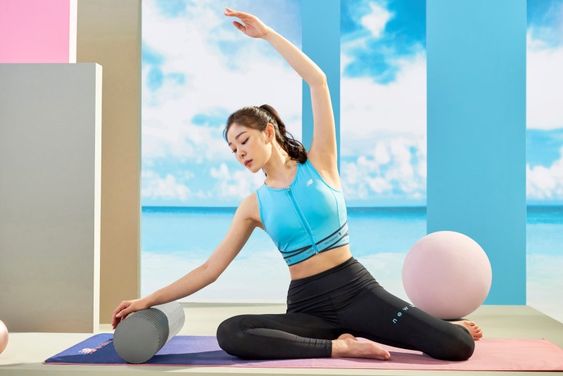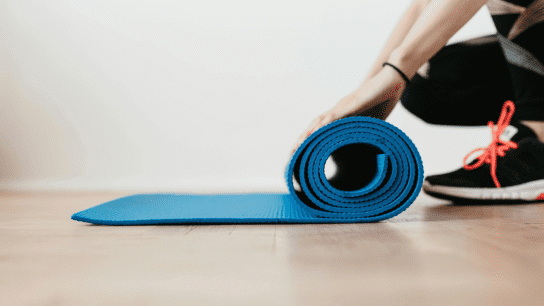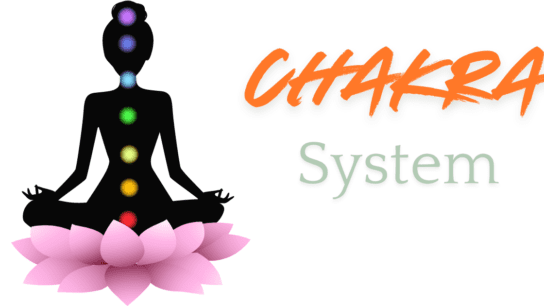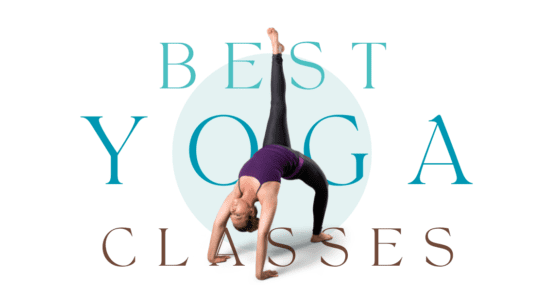Introduction
In the evolving world of yoga, M3 Yoga stands out as a transformative practice that integrates traditional techniques with modern wellness insights. With a growing number of enthusiasts seeking holistic health solutions, M3 Yoga has carved a niche by offering a unique approach that combines mindfulness, movement, and meditative practices. This comprehensive guide explores what M3 Yoga is, its benefits, how it differs from other yoga styles, and why it’s gaining popularity across the USA. Whether you’re a seasoned yogi or a newcomer, understanding M3 Yoga can offer you valuable insights into enhancing your practice and overall well-being.
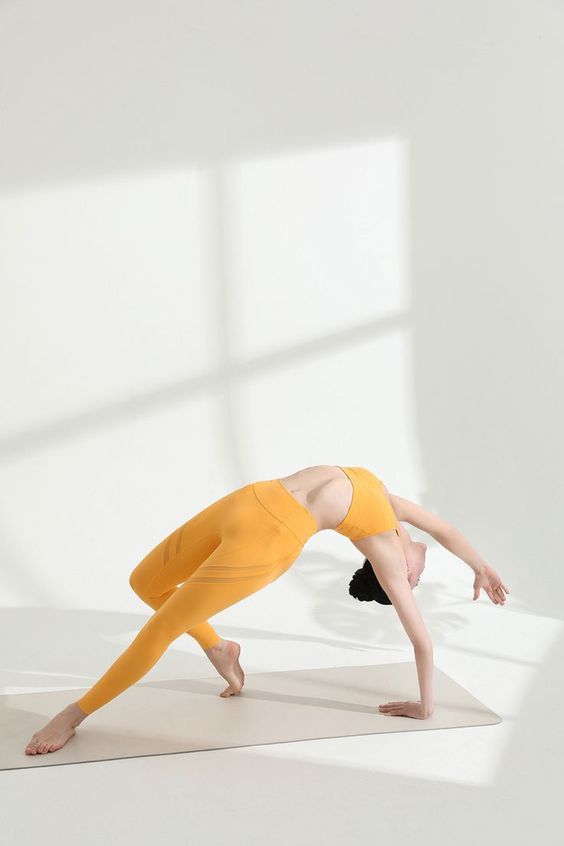
What is M3 Yoga?
M3 Yoga is a holistic practice that merges three fundamental elements:
- Mindfulness: Cultivating awareness of the present moment through focused attention and intentional breathing.
- Movement: Engaging in physical postures and sequences designed to improve strength, flexibility, and balance.
- Meditation: Incorporating meditative techniques to foster mental clarity, emotional stability, and inner peace.
This integrative approach aims to harmonize the mind, body, and spirit, creating a comprehensive yoga experience that supports overall wellness.
Key Components of M3 Yoga
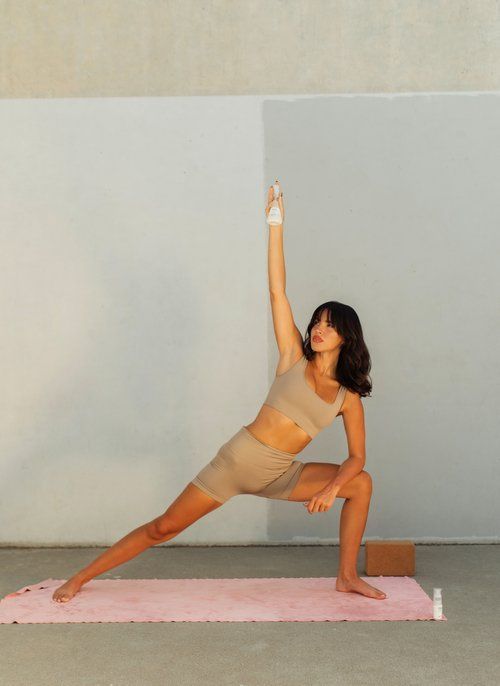
- Mindfulness in M3 Yoga Mindfulness is at the core of M3 Yoga, encouraging practitioners to develop a heightened awareness of their thoughts, feelings, and physical sensations. Techniques include:
- Focused Breathing: Emphasis on breathing exercises that enhance concentration and relaxation.
- Present Moment Awareness: Techniques to anchor practitioners in the present moment, reducing stress and promoting mental clarity.
- Mindful Movement: Aligning physical movements with breath and intention to deepen the practice.
- Movement in M3 Yoga The movement aspect of M3 Yoga incorporates dynamic sequences and poses that enhance physical health. Key elements include:
- Asanas (Yoga Poses): A variety of postures that target different muscle groups, improving flexibility, strength, and balance.
- Flow Sequences: Fluid transitions between poses that enhance coordination and cardiovascular fitness.
- Functional Movement: Exercises designed to support daily activities and prevent injuries by improving overall body mechanics.
- Meditation in M3 Yoga Meditation techniques in M3 Yoga focus on mental and emotional well-being. Practices include:
- Guided Meditation: Sessions led by instructors to promote relaxation and self-awareness.
- Visualization Techniques: Using mental imagery to achieve specific goals and enhance personal growth.
- Mindful Reflection: Encouraging self-reflection and introspection to foster personal insights and emotional resilience.
Benefits of M3 Yoga
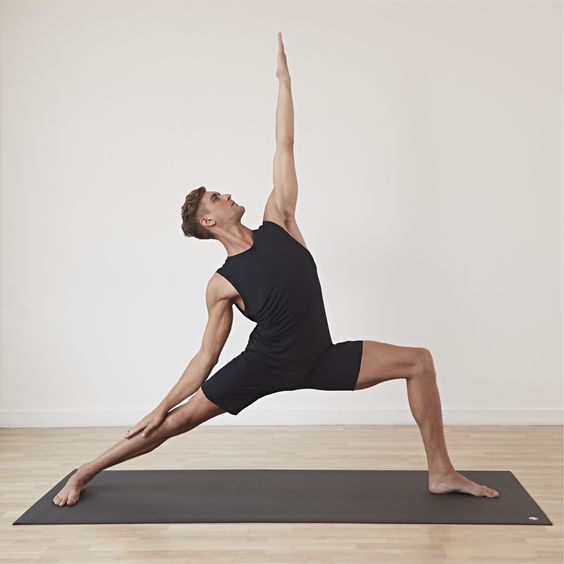
- Physical Health Improvements Practicing M3 Yoga offers numerous physical benefits:
- Increased Flexibility: Regular practice of asanas helps to lengthen and stretch muscles, improving overall flexibility.
- Enhanced Strength: Movement sequences build muscle strength and endurance, supporting overall physical fitness.
- Improved Balance and Coordination: Dynamic poses and flow sequences enhance balance and coordination, reducing the risk of falls and injuries.
- Mental Clarity and Emotional Stability The mindfulness and meditation aspects of M3 Yoga contribute to mental and emotional well-being:
- Stress Reduction: Mindful breathing and meditation techniques help manage and reduce stress levels.
- Enhanced Focus and Concentration: Practicing mindfulness improves cognitive function and attention span.
- Emotional Resilience: Meditation fosters emotional stability and helps individuals cope with challenges more effectively.
- Holistic Well-Being M3 Yoga promotes overall holistic health:
- Mind-Body Connection: Integrating mindfulness, movement, and meditation strengthens the connection between mind and body.
- Self-Awareness and Personal Growth: The practice encourages self-discovery and personal development.
- Enhanced Quality of Life: Improved physical health, mental clarity, and emotional balance contribute to a higher quality of life.
How M3 Yoga Differs from Other Yoga Styles
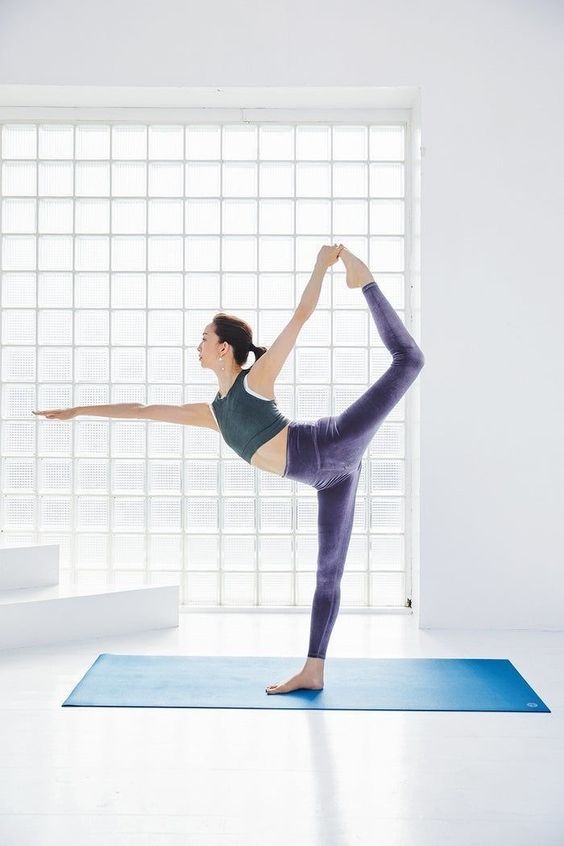
M3 Yoga stands out from traditional and contemporary yoga styles through its integrative approach:
- Holistic Integration: Unlike some yoga styles that focus primarily on physical postures or meditation, M3 Yoga combines all three elements—mindfulness, movement, and meditation—into a cohesive practice.
- Emphasis on Mindfulness: While many yoga styles incorporate mindfulness, M3 Yoga places a significant emphasis on present-moment awareness throughout the practice.
- Dynamic and Functional Movement: M3 Yoga includes functional movement patterns designed to enhance daily activities and prevent injuries, which may not be a focus in other styles.
How to Get Started with M3 Yoga
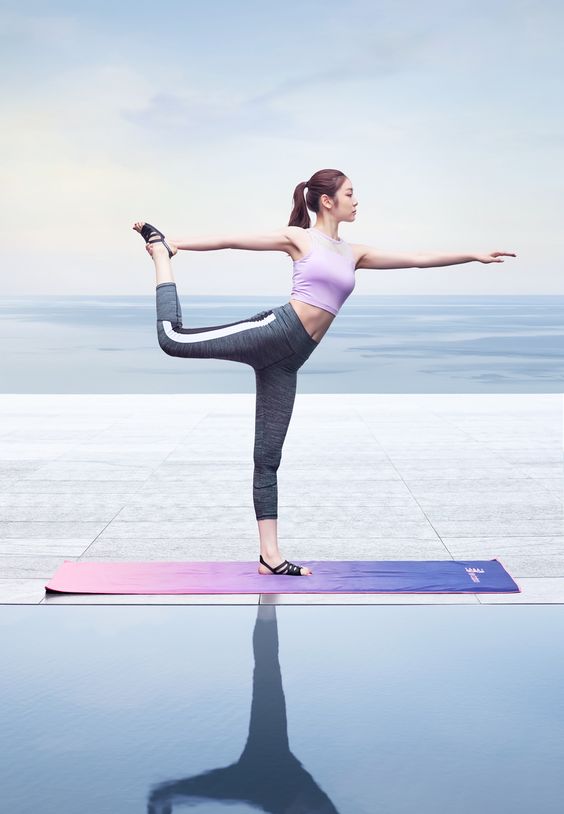
- Find a M3 Yoga Studio or Instructor To start practicing M3 Yoga:
- Search for Local Studios: Look for yoga studios or wellness centers that offer M3 Yoga classes or workshops in your area.
- Online Platforms: Explore online platforms and virtual classes that specialize in M3 Yoga for remote access.
- Instructor Credentials: Choose instructors with experience and certification in M3 Yoga to ensure a high-quality practice.
- Start with Beginner Classes If you’re new to M3 Yoga:
- Beginner-Friendly Sessions: Enroll in beginner classes or workshops designed to introduce the fundamentals of M3 Yoga.
- Consult with Instructors: Discuss your goals and any health concerns with instructors to receive personalized guidance and modifications.
- Practice at Home To complement studio classes:
- Create a Home Practice Space: Designate a quiet and comfortable space for practicing M3 Yoga at home.
- Utilize Online Resources: Access online videos, guided meditations, and virtual classes to support your home practice.
- Incorporate M3 Yoga into Your Routine To fully benefit from M3 Yoga:
- Consistency: Aim to practice regularly, whether daily or several times a week, to build and maintain progress.
- Set Intentions: Define clear goals for your practice and reflect on your progress over time.
M3 Yoga Retreats and Workshops
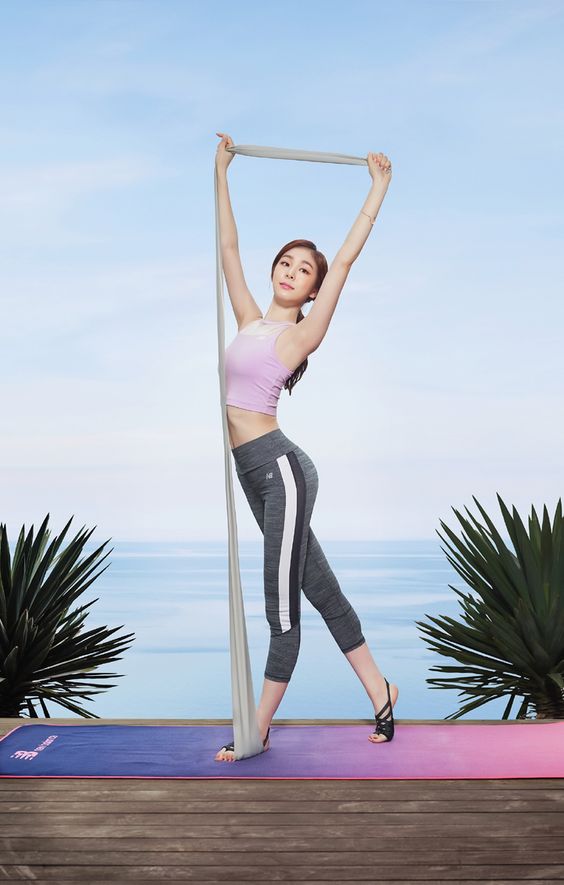
For a more immersive experience:
- Retreats: Participate in M3 Yoga retreats, which offer extended periods of practice in serene locations, allowing for deeper exploration and personal growth.
- Workshops: Attend workshops focused on specific aspects of M3 Yoga, such as advanced techniques or mindfulness practices.
Testimonials and Success Stories
Many practitioners have shared their positive experiences with M3 Yoga:
- Emily J.: “M3 Yoga has transformed my approach to wellness. The combination of mindfulness and movement has helped me manage stress and improve my physical health.”
- Michael R.: “I’ve found M3 Yoga to be incredibly effective for both mental and physical well-being. The integration of meditation and movement creates a balanced and fulfilling practice.”
Conclusion
M3 Yoga offers a unique and comprehensive approach to yoga practice, integrating mindfulness, movement, and meditation to support holistic well-being. With its focus on the mind-body connection and personal growth, M3 Yoga provides a transformative experience for practitioners of all levels. Whether you’re seeking physical health improvements, mental clarity, or emotional stability, M3 Yoga can enhance your overall quality of life. Embrace the opportunity to explore this integrative practice and discover the many benefits it has to offer.
FAQ M3 Yoga.
1. What is the difference between M3 Yoga and traditional yoga?
M3 Yoga combines mindfulness, movement, and meditation into a single practice, whereas traditional yoga styles may focus primarily on physical postures or meditation. M3 Yoga emphasizes holistic integration and functional movement.
2. Can beginners practice M3 Yoga?
Yes, M3 Yoga is suitable for beginners. Many studios and instructors offer beginner-friendly classes that introduce the fundamentals of M3 Yoga.
3. How often should I practice M3 Yoga to see benefits?
For optimal benefits, aim to practice M3 Yoga several times a week. Consistent practice helps improve physical health, mental clarity, and emotional balance.
4. Are there online resources for learning M3 Yoga?
Yes, there are online platforms and virtual classes that offer M3 Yoga instruction. Look for reputable sources and experienced instructors to guide your practice.
5. What should I expect during my first M3 Yoga class?
In your first M3 Yoga class, you can expect a focus on mindfulness, movement, and meditation. The instructor will guide you through various poses, breathing exercises, and meditation techniques.
6. Can M3 Yoga help with stress management?
Yes, M3 Yoga’s mindfulness and meditation practices are effective for managing and reducing stress. The combination of mindful breathing and relaxation techniques supports overall stress reduction.
7. How can I find a M3 Yoga instructor or studio near me?
Search online for yoga studios or wellness centers that offer M3 Yoga classes. You can also explore virtual classes if local options are limited.
8. What are the benefits of attending a M3 Yoga retreat?
M3 Yoga retreats provide an immersive experience, allowing for deeper practice and personal growth in a supportive environment. Retreats often offer extended sessions and serene settings for enhanced relaxation and transformation.
9. Can M3 Yoga be practiced at home?
Yes, you can practice M3 Yoga at home by creating a dedicated space and using online resources or guided videos. Consistent home practice can complement studio sessions and support your overall progress.
10. Are there any prerequisites for practicing M3 Yoga?
There are no specific prerequisites for practicing M3 Yoga. The practice is designed to accommodate various skill levels, and beginners are welcome.
FAQ: M3 Yoga
1. What is M3 Yoga?
M3 Yoga is a holistic yoga practice that integrates three core elements: Mindfulness, Movement, and Meditation. This approach combines present-moment awareness (mindfulness), physical postures and sequences (movement), and mental clarity practices (meditation) to promote overall well-being and balance.
2. How does M3 Yoga differ from other yoga styles?
M3 Yoga stands out by merging mindfulness, movement, and meditation into a unified practice. While traditional yoga styles might focus primarily on physical postures or meditation separately, M3 Yoga emphasizes the integration of all three elements, offering a more comprehensive approach to physical, mental, and emotional health.
3. Is M3 Yoga suitable for beginners?
Yes, M3 Yoga is suitable for practitioners of all levels, including beginners. Many studios offer beginner-friendly classes that introduce the foundational aspects of M3 Yoga, making it accessible to those new to yoga as well as those with more experience.
4. What are the primary benefits of practicing M3 Yoga?
Practicing M3 Yoga can provide numerous benefits, including:
- Enhanced Flexibility and Strength: Through its movement components.
- Improved Mental Clarity: Via mindfulness and meditation practices.
- Stress Reduction: As a result of the integrative mindfulness and relaxation techniques.
- Emotional Balance: Facilitated by meditation and mindful reflection.
5. How often should I practice M3 Yoga to see results?
To experience the benefits of M3 Yoga, aim to practice regularly, ideally several times a week. Consistent practice helps in developing physical strength, improving mental clarity, and achieving emotional stability over time.
6. Can I practice M3 Yoga at home?
Yes, M3 Yoga can be practiced at home. Create a comfortable space for your practice, and consider using online resources or guided sessions to assist you. Regular home practice can complement studio classes and enhance your overall progress.
7. What should I expect in a typical M3 Yoga class?
In a typical M3 Yoga class, you can expect:
- Mindfulness Techniques: Practices such as focused breathing and present-moment awareness.
- Movement Sequences: Dynamic poses and flows designed to improve physical health.
- Meditation Practices: Guided meditation or reflective exercises to foster mental clarity and emotional well-being.
8. Are there specific prerequisites for joining a M3 Yoga class?
There are no specific prerequisites for joining a M3 Yoga class. The practice is designed to accommodate various skill levels, and instructors often provide modifications to support individual needs and abilities.
9. How can I find a M3 Yoga class or instructor near me?
To find a M3 Yoga class or instructor:
- Search Local Studios: Look for yoga studios or wellness centers that offer M3 Yoga or similar integrative practices.
- Explore Online Platforms: Many platforms offer virtual M3 Yoga classes, allowing you to practice from anywhere.
- Check Instructor Credentials: Ensure that instructors have experience and certification in M3 Yoga or related practices.
10. What are the benefits of attending an M3 Yoga retreat?
Attending an M3 Yoga retreat can provide:
- Immersive Experience: Extended practice sessions in a focused environment.
- Personal Growth: Deepened practice and self-discovery.
- Relaxation: A serene setting that enhances relaxation and stress reduction.
- Community: The opportunity to connect with like-minded individuals and build supportive relationships.
11. Are there any dietary or lifestyle recommendations associated with M3 Yoga?
While M3 Yoga itself does not prescribe specific dietary or lifestyle changes, adopting a balanced and healthy lifestyle can complement your practice. Many practitioners find that a nutritious diet, adequate hydration, and healthy sleep patterns enhance their overall well-being and support their yoga practice.
12. Can M3 Yoga help with specific health conditions?
M3 Yoga can be beneficial for various health conditions, such as:
- Stress and Anxiety: Mindfulness and meditation practices can help manage stress and reduce anxiety.
- Musculoskeletal Issues: Movement sequences can improve flexibility and strength, which may alleviate some musculoskeletal issues.
- Mental Health: Meditation and mindfulness support mental clarity and emotional resilience.
However, it’s important to consult with a healthcare provider before starting any new exercise or wellness program, especially if you have specific health concerns.
13. How do I prepare for my first M3 Yoga class?
To prepare for your first M3 Yoga class:
- Wear Comfortable Clothing: Choose attire that allows for easy movement.
- Bring a Yoga Mat: If possible, bring your own mat for hygiene and comfort.
- Arrive Early: Arrive a few minutes early to settle in and meet the instructor.
- Communicate with the Instructor: Inform the instructor of any health concerns or specific needs you may have.
14. Are there any online resources or apps for practicing M3 Yoga?
Yes, several online resources and apps offer M3 Yoga classes and guided practices. Look for reputable platforms with experienced instructors. These resources can support your home practice and provide additional guidance and inspiration.
15. What should I do if I need to cancel or reschedule my class or reservation?
If you need to cancel or reschedule a class or reservation, contact the studio or instructor directly. Many studios have specific policies regarding cancellations and rescheduling, so be sure to review these policies in advance and follow the appropriate procedures.
More Yoga information Click Here

